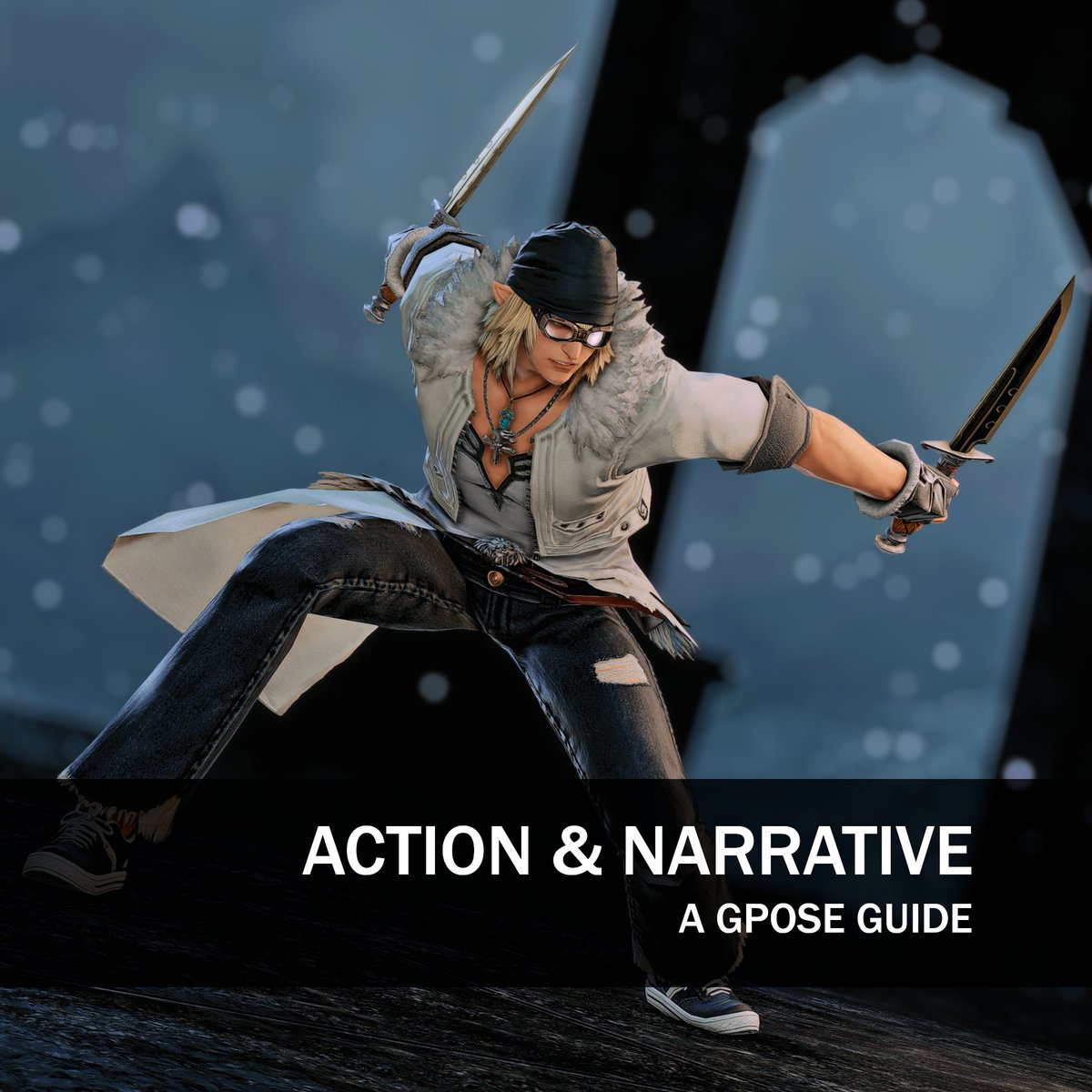
「すこしだけあやしげな唇が私を溶かす」
"Just a taste of your suspicious lips melts me."
Adesso e Fortuna - Record of Lodoss Wars
#elezen #エレゼン #ElezenHours #NenekoColorS #GPOSERS #FFXIVScreenshots #ffxiv #GShade #XIV_PICTCLIP
"Just a taste of your suspicious lips melts me."
Adesso e Fortuna - Record of Lodoss Wars
#elezen #エレゼン #ElezenHours #NenekoColorS #GPOSERS #FFXIVScreenshots #ffxiv #GShade #XIV_PICTCLIP

• • •
Missing some Tweet in this thread? You can try to
force a refresh



















